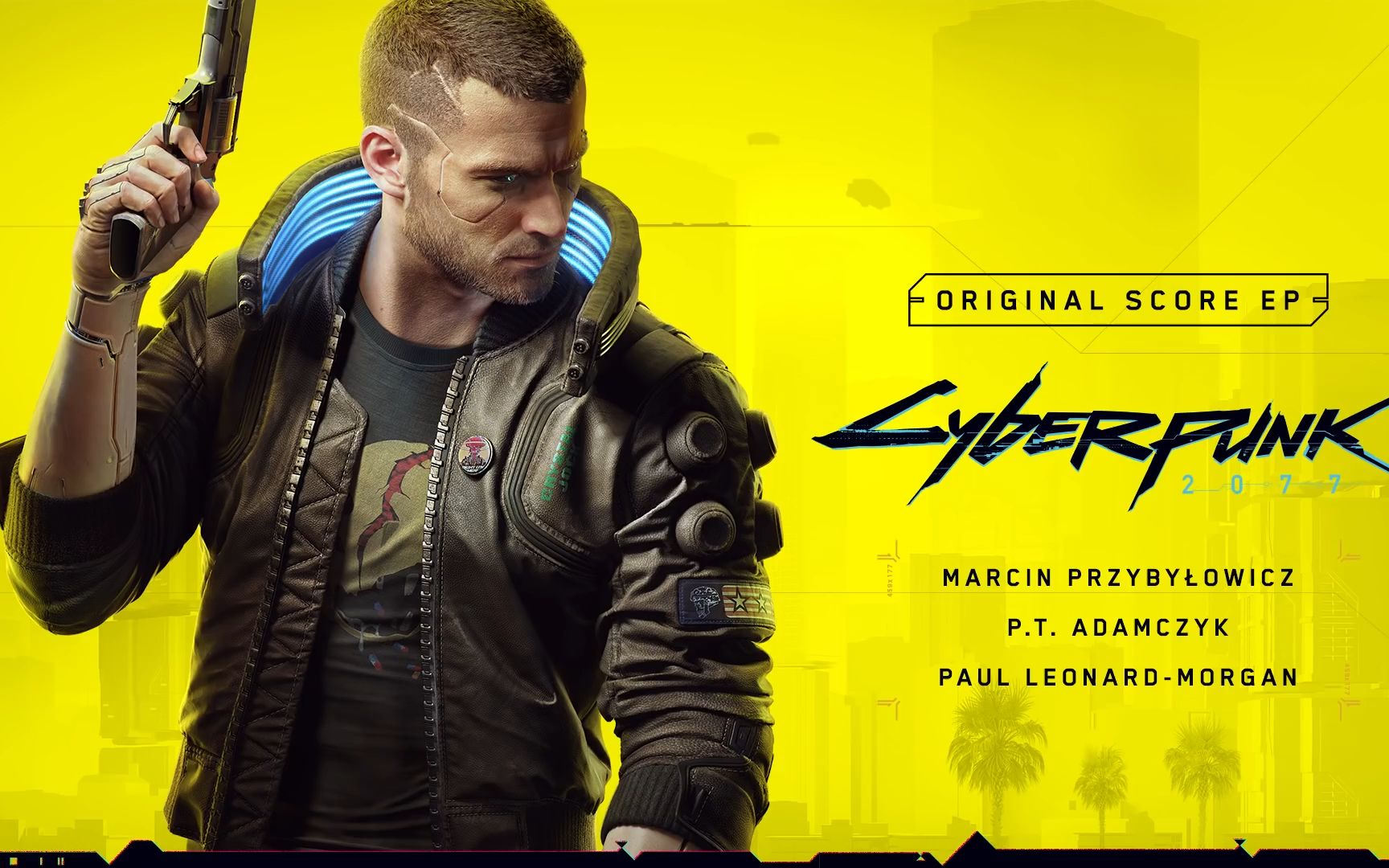Guilty Gear -Strive- Score: Fighting Game Accessibility
Introduction
Fighting games have long been considered one of the most challenging genres in gaming. With complex inputs, fast-paced mechanics, and a steep learning curve, many players are intimidated before even picking up a controller. However, Guilty Gear -Strive-, developed by Arc System Works, has made significant strides in making the genre more accessible without sacrificing depth. This article explores how Guilty Gear -Strive- balances accessibility and competitive integrity, making it one of the most welcoming yet deep fighting games on the market.
The Evolution of Fighting Game Accessibility
Traditionally, fighting games demanded precise execution, requiring players to memorize lengthy input sequences for special moves and combos. Games like Street Fighter III: 3rd Strike and Guilty Gear Xrd were beloved by hardcore fans but often alienated newcomers due to their mechanical complexity.
Arc System Works recognized this issue and sought to make Guilty Gear -Strive- more approachable while retaining the series' signature depth. The result is a game that lowers the execution barrier without dumbing down the strategic elements that make fighting games rewarding.
Simplifying Execution Without Sacrificing Depth
1. Streamlined Inputs
One of the most noticeable changes in Strive is the simplification of special move inputs. While previous Guilty Gear entries required strict quarter-circle or dragon punch motions, Strive introduces more lenient input buffers. Moves like Sol Badguy’s Volcanic Viper or Ky Kiske’s Stun Edge are easier to execute, reducing frustration for beginners.
Additionally, the game features a "Stylish" control mode, which allows players to perform special moves with single-button presses. While this mode is not viable in competitive play, it serves as an excellent training tool for newcomers.
2. Gatling System Changes
The Gatling combo system, a staple of the Guilty Gear series, has been revised in Strive. In previous games, players could cancel normals into almost any other normal move, leading to long, freeform combos. Strive restricts this system, enforcing more structured combo routes.
While some veterans initially criticized this change, it ultimately makes combos more intuitive for beginners. Players no longer need to memorize dozens of possible cancels; instead, they can focus on a smaller set of reliable sequences.
3. Wall Breaks and Neutral Game
Strive introduces a "Wall Break" mechanic, preventing infinite corner pressure. When a player is pinned against the wall for too long, a cinematic wall break occurs, resetting both characters to neutral. This prevents one-sided matches where a beginner might feel helpless against relentless offense.
This change also encourages a more balanced neutral game, rewarding spacing and footsies rather than pure aggression. New players can better understand positioning and strategy without being overwhelmed by constant pressure.
Training Tools and Learning Resources
1. Robust Tutorial and Mission Mode
Strive features one of the most comprehensive tutorials in any fighting game. The "Tutorial" mode covers basic movement, blocking, and offense, while "Mission Mode" introduces advanced concepts like Roman Cancels, frame traps, and matchup strategies.
These modes are invaluable for new players, breaking down complex mechanics into digestible lessons. Unlike older fighting games that expected players to learn through trial and error, Strive provides structured guidance.

2. Frame Data Display
For the first time in the series, Strive includes an in-game frame data display in training mode. Players can see exactly how plus or minus their moves are on block, helping them understand why certain strategies work or fail. This transparency removes guesswork and accelerates learning.
3. Replay Takeover
Another innovative feature is "Replay Takeover," which allows players to jump into their own replays at any point and try different actions. If a player loses a match, they can analyze their mistakes in real time and experiment with better responses. This hands-on learning method is far more effective than passive replay watching.
Online Play and Matchmaking
1. Rollback Netcode
Strive’s implementation of rollback netcode ensures smooth online matches, even with minor latency. This is a massive improvement over delay-based netcode, which made online play frustrating in older titles.
Good netcode is crucial for accessibility because it allows players of all skill levels to enjoy fair matches without lag interference. Beginners can practice online without feeling cheated by poor connections.
2. Floor-Based Ranked System
Instead of traditional ranked tiers, Strive uses a "Floor System" in its online lobbies. Players start on lower floors and can ascend or descend based on performance. This prevents beginners from being matched against elite players too soon, reducing discouragement.
The system also allows for more gradual progression, giving players time to improve without the pressure of sudden rank drops.
Community and Competitive Scene
Despite its accessibility improvements, Strive has maintained a thriving competitive scene. The game’s balance between simplicity and depth ensures that both casual and professional players find value in it. Major tournaments like EVO and CEO continue to feature Strive, proving that accessibility does not have to come at the cost of high-level play.
Conclusion
Guilty Gear -Strive- stands as a benchmark for fighting game accessibility. By refining inputs, improving training tools, and implementing smart online features, Arc System Works has created a game that welcomes newcomers while keeping veterans engaged.
While some purists may argue that the series has lost some of its complexity, Strive proves that fighting games can evolve without losing their soul. It sets a new standard for the genre—one where skill ceilings remain high, but the floors are far easier to reach.
For anyone hesitant to try fighting games, Guilty Gear -Strive- is the perfect entry point. It demonstrates that accessibility and depth are not mutually exclusive, paving the way for a more inclusive future in competitive gaming.














